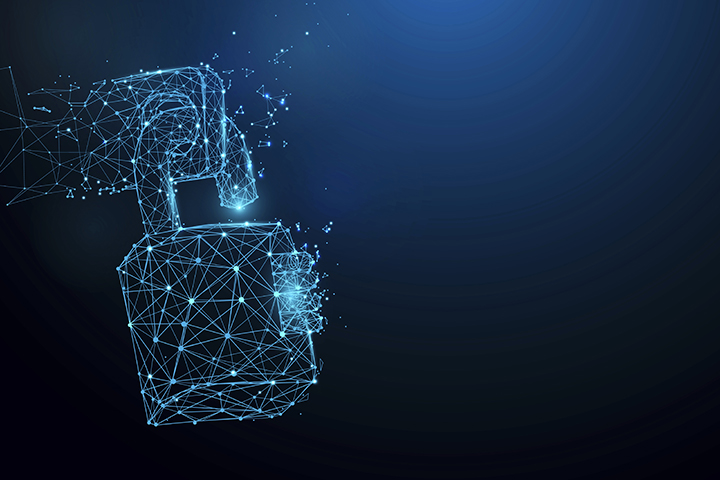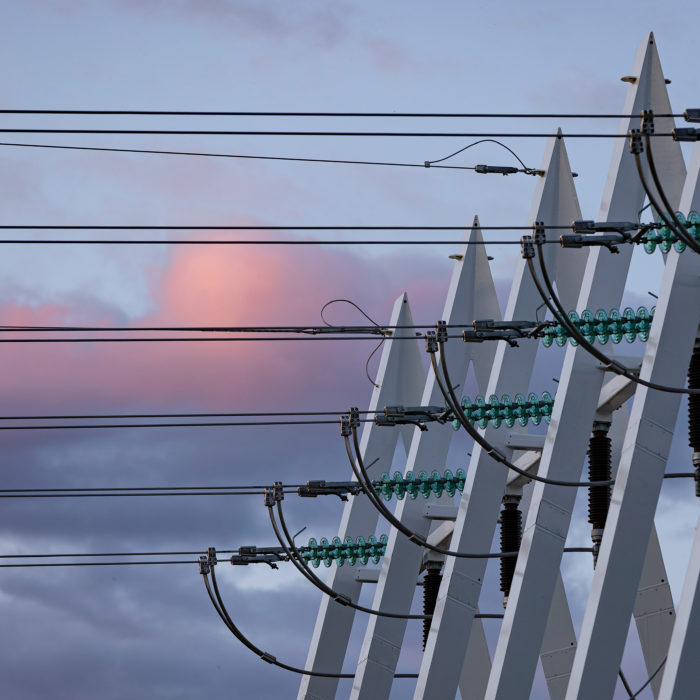Under-frequency load shedding is an essential aspect in securing the supply of electricity. If a major national electricity disturbance occurs, the first line of support will naturally be the contracted reserves. But what if – for one reason or another – the reserves are not enough or they do not work when it comes to the crunch?
In this event, the last resort will be under-frequency load shedding, which automatically disconnects enough consumption from the network to allow the national electricity system to keep going.
“Under-frequency load shedding is the final option. So far, there has never been call to use it,” says Reima Päivinen, Fingrid’s Senior Vice President of Power System Operations.
However, there is no disputing the necessity of under-frequency load shedding: it is like insuring a house against fire or lightning strikes.
Facing a changing of the guard
The new European Union regulations require some rearrangement of the way under-frequency load shedding is handled in Finland. The EU’s 2017 ER network regulation is binding in Finland, states Päivinen.
“The network regulation will give rise to major changes, one of which will be the expansion of protection systems. For this reason, it will no longer be technically possible for the transmission system operator to implement such extensive under-frequency load shedding within its network. Instead, this responsibility will be passed down to the distribution system operators. In line with the interpretation of the ER network regulation, an average of 30 per cent of all loads must be covered by under-frequency load shedding.”
Finland stands out in this issue on a European scale, as the distribution system operators in most other EU countries have long been responsible for ensuring adequate under-frequency load shedding.
“In fact, we had a similar system 15 years ago, before Fingrid took over implementation,” adds Päivinen.
Päivinen expects the change to affect about 80 distribution system operators, who have a busy couple of years ahead of them before the changing of the guard in 2022.
“The distribution system operators will need to design a functional model and make the necessary installations.”
Application guidelines for distribution system operators
Fingrid and Finnish Energy aim to help distribution system operators to make the necessary changes, and they recently launched shared application guidelines for realising under-frequency load shedding.
“The guidelines set out the best ways of proceeding,” says Päivinen. Fingrid will work with industrial companies connected to the transmission system to identify the best implementations.
Nobody is likely to breeze through this. For example, Finnish Energy considers it challenging to delegate responsibility for automatic disconnection to distribution system operations at the level planned for the Nordic region.
Finnish Energy released a statement last October to the effect that keeping the necessary disconnectable loads up to date and continuously prioritising them, verifying that the control system works, ensuring that such a complex entity functions and managing it in the event of a highly unlikely state of emergency amount to a “massive intervention in view of the realised benefits”.
Three years of hard work
Fingrid’s Operations Committee has also been focusing on under-frequency load shedding. The Operations Committee is chaired by Heikki Paananen, Operations Manager at Elenia, who says that the forthcoming change will require a lot of work and co-operation.
This matter is complicated by the fact that some of the distribution operators in the sector still have not yet fully realized the impacts,” says Paananen.
According to Paananen, under-frequency load shedding is absolutely essential as a last resort in the face of a blackout.
“There is broad consensus concerning this necessity, so the debate has mainly revolved around the method of implementation.”
Paananen believes that the guidelines published by Fingrid and Energy Finland will be necessary. Although distribution system operators possess a large amount of expertise, this issue concerns a critical system-level function that must be done right the first time and must work for every party involved without exception.
“We must stand ready to take extreme measures to restore balance to the network in the event of a major disturbance. This means that a large amount of power will be taken out of the network – inevitably including critical power – and such an entity is almost impossible to optimise in advance,” says Paananen.
“Implementing under-frequency load shedding with the efforts of every single operator will require coordination and supervision. This must be handled systematically and reliably in every respect.”
“We are on a tight schedule, so the whole sector will need to work in unison to achieve the best possible outcome. At the same time, we will also need to make sure we minimise excess investments and work such as reconfigurating and testing protective devices.”




